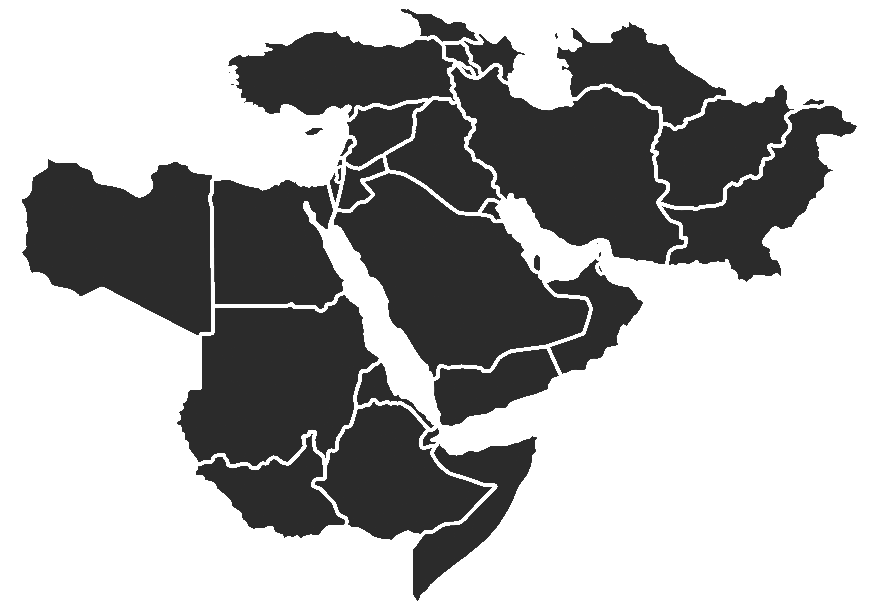{{currentView.title}}
June 10, 2025
Al Shabaab’s Area of Operations
[Notice: The Critical Threats Project frequently cites sources from foreign domains. All such links are identified with an asterisk (*) for the reader’s awareness.]
Harakat al Shabaab al Mujahideen—commonly known as al Shabaab—is an al Qaeda affiliate based in Somalia. Al Shabaab emerged from Somalia’s civil war in the 1990s as part of a loose alliance of shari’a courts and armed groups. The group capitalized on the 2006 Ethiopian invasion to gain broader support and ultimately expanded across much of central and southern Somalia, nearly toppling Somalia’s transitional government. Al Shabaab withdrew from Somalia’s capital, Mogadishu, in 2011 after African Union forces intervened, and African Union and Kenyan forces pushed the group out of population centers over the next several years. The group formally pledged allegiance to al Qaeda in 2012.
Al Shabaab continues to wage an insurgency against the internationally recognized Somali Federal Government (SFG), based in Mogadishu, and conduct attacks across the Horn of Africa. Al Shabaab controls swaths of central and southern Somalia, where it implements governance and collects taxes. It regularly attacks government and security targets across Somalia. Its insurgency extends into Kenya’s border regions. Between 2015 and 2023, al Shabaab continued to launch deadly bombings and raids in Somalia and Kenya, including the 2019 Nairobi hotel complex siege and several major attacks in Mogadishu. Al Shabaab also conducted an incursion into Ethiopia in late July 2022.
Al Shabaab is al Qaeda’s wealthiest and most kinetically active affiliate and threatens US domestic security and regional interests. The group professes global Salafi-jihadi ambitions and has tasked members to plot attacks on the United States homeland as recently as 2019. Al Shabaab also threatens US regional interests in the Red Sea through its collaboration with the Yemeni Houthis. Unspecified US intelligence officials said in June 2024 that the Houthis and al Shabaab discussed a deal for the Houthis to provide weapons—likely drones or missiles—to al Shabaab. The UN reported that the Houthis have shipped small arms and light weapons to Shabaab since 2024, and the United States interdicted “advanced conventional weapons” that may have included surface to air missile components in 2025. These weapons could support al Shabaab attacks on US personnel and systems in the Horn of Africa and Red Sea.
June 2025 Update
Since January 2025, al Shabaab has re-entered large swaths of territory in central Somalia which Somali security forces previously captured during a major counterterrorism campaign in 2022. These advances enabled it to relink its support zones in central and southern Somalia for the first time since 2022 and threaten the main roads linking Mogadishu to central Somalia. Al Shabaab separately captured villages south of Mogadishu in March that are crucial for Somali forces to defend the capital from al Shabaab vehicle-borne improvised explosive devices. CTP continues to assess that al Shabaab is unlikely to launch an offensive on Mogadishu to seize power in the short term, but its gains in central and southern Somalia will allow the group to increase economic and military pressure on Mogadishu and thus destabilize the SFG and undermine the SFG’s legitimacy.
You can read regular in-depth analysis on the fight against al Shabaab in CTP’s weekly Africa File.
You can find CTP's interactive map of the Islamic State in Somalia here.
Map updated June 1, 2023.
Attack Zone: An area where units conduct offensive maneuvers.
Contested Support Zone: An area where multiple groups conduct offensive and defensive maneuvers. A group may be able to conduct effective logistics and administrative support of forces but has inconsistent access to local populations and key terrain.
Support Zone: An area where a group is not subject to significant enemy action and can conduct effective logistics and administrative support of forces.
Control Zone: An area where a group exerts largely uncontested physical or psychological pressure to ensure that individuals or groups respond as directed. Control zones are a subset of support zones.
Methodology Note: The Critical Threats Project adapts its mapping definitions for insurgencies from US military doctrine, including US Army FM 7-100.1 Opposing Force Operations. Our maps are assessments and reflect analysts’ judgment based on current and historical open-source information on security incidents and political and governance activity as well as population and geographic factors. Please contact us for more information on specific maps.
Static maps available upon request.
Prior Versions
Prior interactive map versions available upon request by emailing [email protected].


